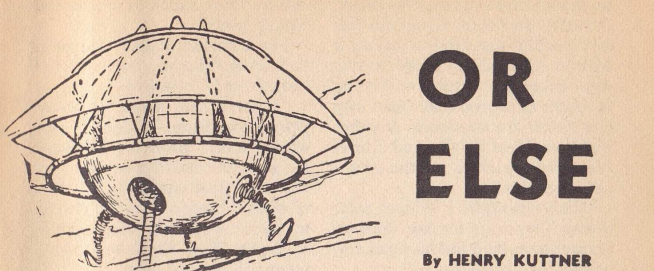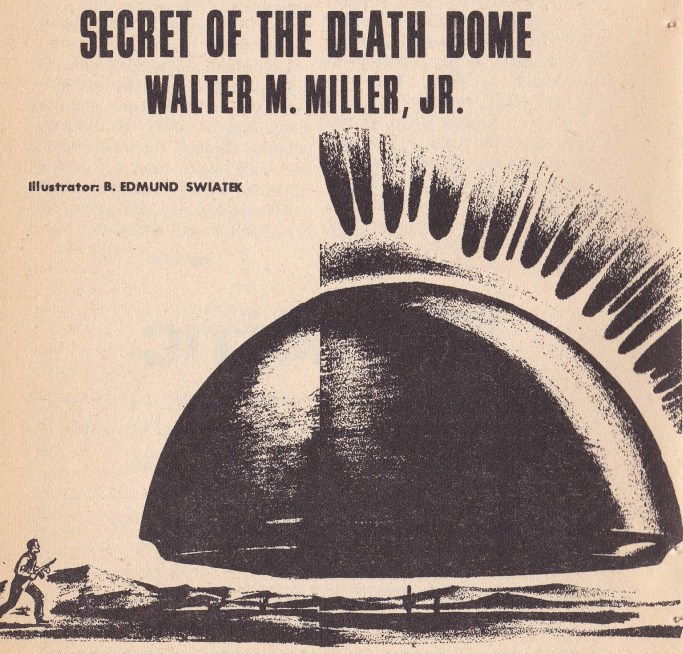
by Victoria Silverwolf
So May I Introduce To You The Act You've Known For All These Years.
The Beatles, that is.
I know, I know. By now you're a little tired of the Fab Four. Well, the release of their latest album in the USA early this month may change your mind.
(Those lucky folks in the UK got it late last month.)
After evolving from catchy, expertly crafted pop songs into new musical territory with the albums Rubber Soul and Revolver, the Liverpudlians have taken a giant leap.

You could spend hours just studying the cover art.
Sgt. Pepper's Lonely Hearts Club Band is extraordinary. It takes rock 'n' roll, mixes it up with other forms of popular music, adds more than a little modern psychedelic surrealism, and comes up with a genuine work of art. I'm afraid I'm going to wear out lots of phonograph needles listening to it over and over.
Because I've already got the songs from this album stuck in my head, let me suggest the ones you might listen to while reading the latest issue of Fantastic.

Cover art by Johnny Bruck.
The image on the front is stolen from one of the weekly German magazines featuring the adventures of space explorer Perry Rhodan.

Perhaps one of our German Journeyers can supply a translation.
The Narrow Land, by Jack Vance

Illustrations by Gray Morrow.
The only new story begins with the birth of our hero, forcing his way out of an egg and fighting off others of his kind. He then grows up swimming in swampy water with other amphibian youngsters.
You can tell he's not a human being, can't you? All of the characters are of his species, but there are different kinds. The number of ridges on their heads indicates what variety they are.
One-ridge folks are the most common, and exist as fully developed males and females. Two-ridge types are sexually neuter. Three-ridge individuals are invariably male. As we'll learn later, there used to be a lot of them, but war with the two-ridge kind left only one alive. There's also one four-ridge being, a monster that preys on the one-ridge children.
Confused? So is our hero, as he tries to understand his world. As the title implies, it's a thin strip of inhabitable land between a region of cold, dark mist and an ocean of constant thunderstorms.
(The editorial blurb states that this is a planet with one side always facing its sun. This is not explicitly stated in the text. It explains why it's always twilight.)

There are also birds, but they are barely mentioned.
We'll get a detailed explanation for the various subtypes of aliens. Suffice to say that the main character leaves the water and is taken in by the two-ridge folks as one of their own. Later, however, he is labeled a freak, and has to escape to the realm of the three-ridge being. He learns a lot more about what's going on from that fellow, and comes up with a plan.
The story's setting and exotic alien biology is fascinating. The author does a good job of seeing things through the eyes of a character very different from a human being. The end comes rather suddenly, suggesting the possibility of a sequel.
Four stars.
(Suggested listening: Fixing a Hole, because the protagonist is trying to fill the gaps in his knowledge of the world.)
The Ship Sails At Midnight, by Fritz Leiber

Cover art by Robert Gibson Jones.
This lovely and sad story comes from the September 1950 issue of Fantastic Adventures.

Illustrations by Henry Sharp.
The narrator is one of a quartet of jaded, world-weary intellectuals in a small college town. He's a writer. One is a philosopher, another is studying physics. The only woman in the group is a sculptor. They're all fairly skilled in their various fields, but far from brilliant.
The four meet a strikingly beautiful woman working as a waitress at an all-night diner. She doesn't say much, and reveals almost nothing about herself. Somehow or other, she brings out the best in each of them. They lose their cynicism, and produce works of genius.

She claims her name is Helen, suggestive of the ancient Greek myth of the Trojan War.
It's obvious from the beginning that she's from another world. If the illustration wasn't enough of a clue, the story starts with reports of a meteorite falling to earth and sightings of a UFO.
The narrator falls in love with Helen, and she returns his affection. A strange man shows up, telling her it's time to leave. She chooses to stay. It turns out that the other two men are in love with Helen as well, and had also won her heart. Jealousy rears its ugly head, leading to sudden violence.
(As a side note, it seems to me that the author very subtly suggests that the sculptress is in love with Helen too. This is somewhat disguised by the fact that she is engaged to be married to the physics student. I may be reading too much into this, but I would not be very surprised if Leiber, a sophisticated writer always ahead of his time, meant to offer hints of a lesbian romance.)
This is a beautiful and heartbreaking tale of joy won and lost.
Five stars.
(Suggested listening: Lucy In The Sky With Diamonds, because Lucy is as transcendent a creation as Helen.)
The Remarkable Flirgleflip, by William Tenn

Cover art by J. J. Blumenfeld.
The May 1950 issue of Fantastic Adventures supplies this futuristic farce.

Illustration by Leo Summers.
At some unspecified time in the future, human activities are controlled by time travelers from an even more distant future. In particular, they forbid a researcher from inventing time travel, because it's not supposed to be invented until a later time.
(I've said it before, and I'll say it again. Time travel stories are confusing.)
The guy decides to invent it anyway, and to heck with the consequences. He tricks the narrator into getting sent to the Twentieth Century. The fellow just wants to go back to his own time. Complications ensue, partly because people of the future don't wear clothing.
After hiding in a garbage can for a while, he winds up with a wisecracking newspaper reporter. It seems his story makes for hot news, even if nobody really believes him.
This is a silly story, without much of the satiric edge often found in Tenn's sardonic yarns. As you can tell from the title, it's full of goofy invented words. That always annoys me in a science fiction comedy.
Two stars.
(Suggested listening: Being For The Benefit Of Mr. Kite!, because it's the most whimsical song on the album.)
From This Dark Mind, by Rog Phillips

Cover art by Vernon Kramer.
The November/December 1953 issue of the magazine is the source of this look at tomorrow's psychiatry.

Using a device that gives a patient a word association test and analyzes it, the headshrinker is able to determine that a woman needs psychological surgery. This consists of altering her memory of an incident in her past.
As a secondary plot, another patient fails to show up for an appointment, and the psychiatrist suspects he's going to kill somebody. This part of the story turns into a kind of mystery, with a twist ending of sorts.
The background assumes that psychiatry is going to take over many of the functions of medical care. An outbreak of influenza among children, for example, is said to be caused by their anxiety over an event in the Little Orphan Annie comic strip!
At that point, I thought the author's intent was satire. As far as I can tell, however, the story is meant to be serious. The premise reminds me of the pseudoscience of Dianetics. (There's even a reference to pre-birth experiences as a source of mental disorders, which sure sounds like part of L. Ron Hubbard's nonsense to me.)
Setting aside my disdain for Dianetics, this isn't a very exciting story. There's some banter between the psychiatrist and his receptionist to fill up space. The two plots never come together, and they're resolved pretty much as you'd expect.
Two stars.
(Suggested listening: A Day In The Life, because the story takes place during one long day and night for the psychiatrist.)
The Man with the Fine Mind, by Kris Neville

Cover art by Robert Frankenberg.
This chiller comes from the January/February 1953 issue of the magazine.

Illustration by Leo Summers.
A man is at a party with his fiancée. He's drinking pretty heavily, and he doesn't seem to be too happy. He even thinks about killing her.
(Don't ask me why these two are engaged. They seem like a very unlikely couple indeed.)
She makes some remarks about how it's a shame he has to leave. He insists that he's staying. Things get weird when everybody at the party acts like he's gone. They ignore him completely. Figuring that this is some kind of cruel prank, he gets angrier and drunker. The situation ends badly.
I have to admit that I didn't fully understand this story. I wasn't sure if the guy had actually left, and some kind of unseen doppelganger was left at the party, or the other way around. Despite my confusion, and an unpleasant lead character, it held my interest.
Three stars.
(Suggested listening: With A Little Help From My Friends, because the protagonist was in desperate need of assistance from his acquaintances.)
The Ant with the Human Soul (Part Two of Two), by Bob Olsen

Cover art by Leo Morey.
Here's the conclusion of a novella that appeared (in one part) in the Summer 1932 issue of Amazing Stories Quarterly.

Illustration by Morey also.
Last issue, we met a fellow who attempted suicide because his loss of religious faith led to his girlfriend leaving him. (Oddly, the guy remains a rather jolly, wisecracking sort.) A Mad Scientist rescued him. In return, the man agreed to undergo a bizarre experiment.
Part of his brain went into the body of an ant, so he could experience its sensations. (This involved a lot of shrinking and growing. That's one talented Mad Scientist.)
In this half, the guy's mind goes into several different kinds of ants. We learn about gentle farmers of fungus, aggressive warriors that enslave other ants, herders of aphids that live on the liquid they secrete, and so forth. It all winds up with the fellow regaining his faith in God, based on life among the ants, and going back to his sweetheart.
As in the first part, the main appeal of the conclusion is in the detailed description of the ant colonies. The author must have done a lot of research. Some of this stuff is a little too anthropomorphic, but otherwise it seems very accurate.
The subplot of attempted suicide and loss of faith seems way out of place with the rest of the story. It's not a comedy, but it's very lighthearted. (The man gives whimsical nicknames to the other ants, such as Sherlocka Holmes.) The premise is outrageous, of course, but go along with it and it's not a bad read.
Three stars.
(Suggested listening: When I'm Sixty-Four, because this is the oldest story in the issue, and the song is also a featherweight piece of fluff.)
Mr. Steinway, by Robert Bloch

Cover art by Augusto Marin.
From the April 1954 issue of the magazine we get this bit of dark fantasy.

Illustration by Bill Ashman.
The narrator is a woman who falls in love with a pianist. The musician practices an odd sort of meditation, in which he enters a trance. In this unconscious state, he communicates with everything, including inanimate objects.
In particular, he has a special relationship with his piano. Nicknamed Mr. Steinway, it was a gift from his mother, now deceased. The instrument has its own preferences. It doesn't like certain composers, for example.
As the two lovers grow closer, Mr. Steinway displays signs of jealousy. As you might imagine, this doesn't end well for anybody.
On a superficial level, this is just a spooky yarn about a haunted piano. There's a bit more to it than that, I think. The author does a pretty good job of writing from a woman's point of view, which is not always something you can say about a male writer. What happens to the narrator is more subtle and disturbing than you might expect.
(If they made this into a movie, her fate would be a little more openly violent, I think.)
Three stars.
(Suggested listening: She's Leaving Home, because the narrator is never going home again.)
I've Got To Admit It's Getting Better, A Little Better All The Time.
Well, that was a pretty decent issue, with only a couple of poor pieces, a very good new story, some readable reprints, and one great classic. Not as perfect a masterpiece as the latest Beatles album, but enough to keep smiles on our faces.

Mustaches and band uniforms optional.

![[June 10, 1967] Music To Read By (July 1967 <i>Fantastic</i>)](https://galacticjourney.org/wp-content/uploads/2022/05/fantastic_196707-2-1.jpg)

![[May 6, 1967] Stirred? Shaken? (June 1967 <i>Amazing</i>)](https://galacticjourney.org/wp-content/uploads/2022/05/amz-0667-cover-504x372.png)

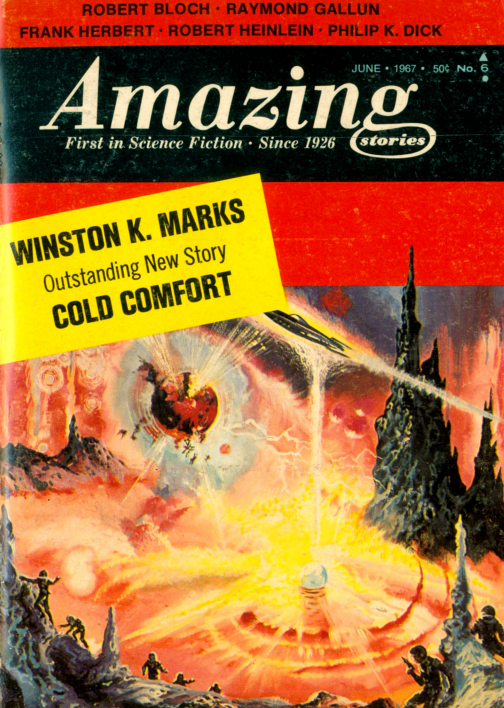

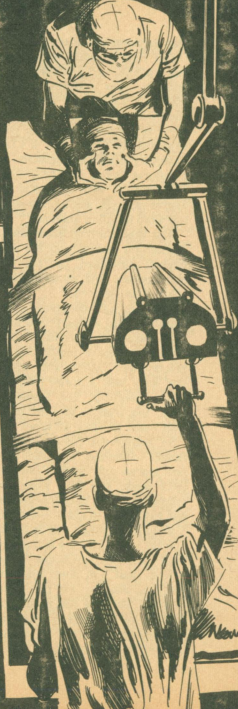
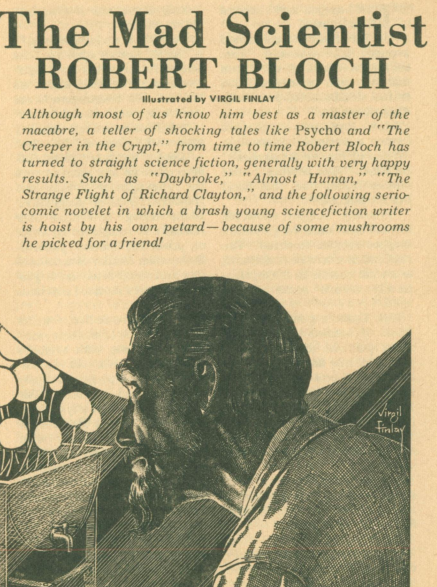
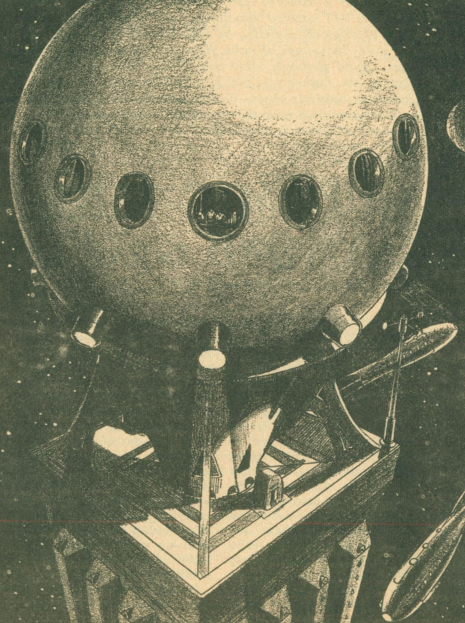
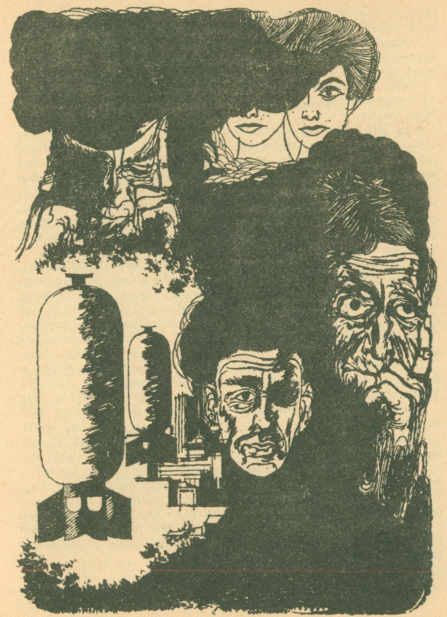
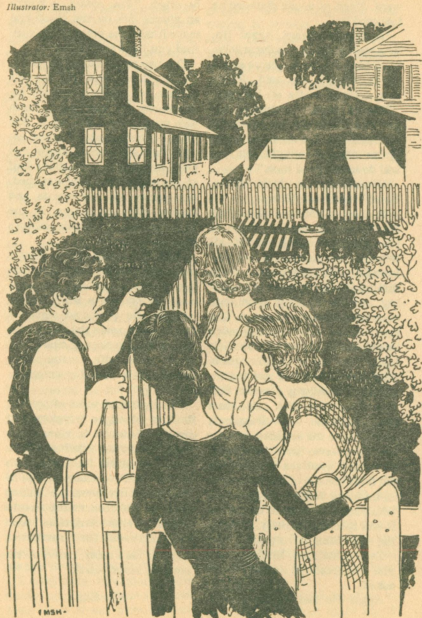
![[April 16, 1967] The Generation Gap (May 1967 <i>Fantastic</i>)](https://galacticjourney.org/wp-content/uploads/2022/03/Fantastic_v16n05_1967-05_0000-2-672x372.jpg)




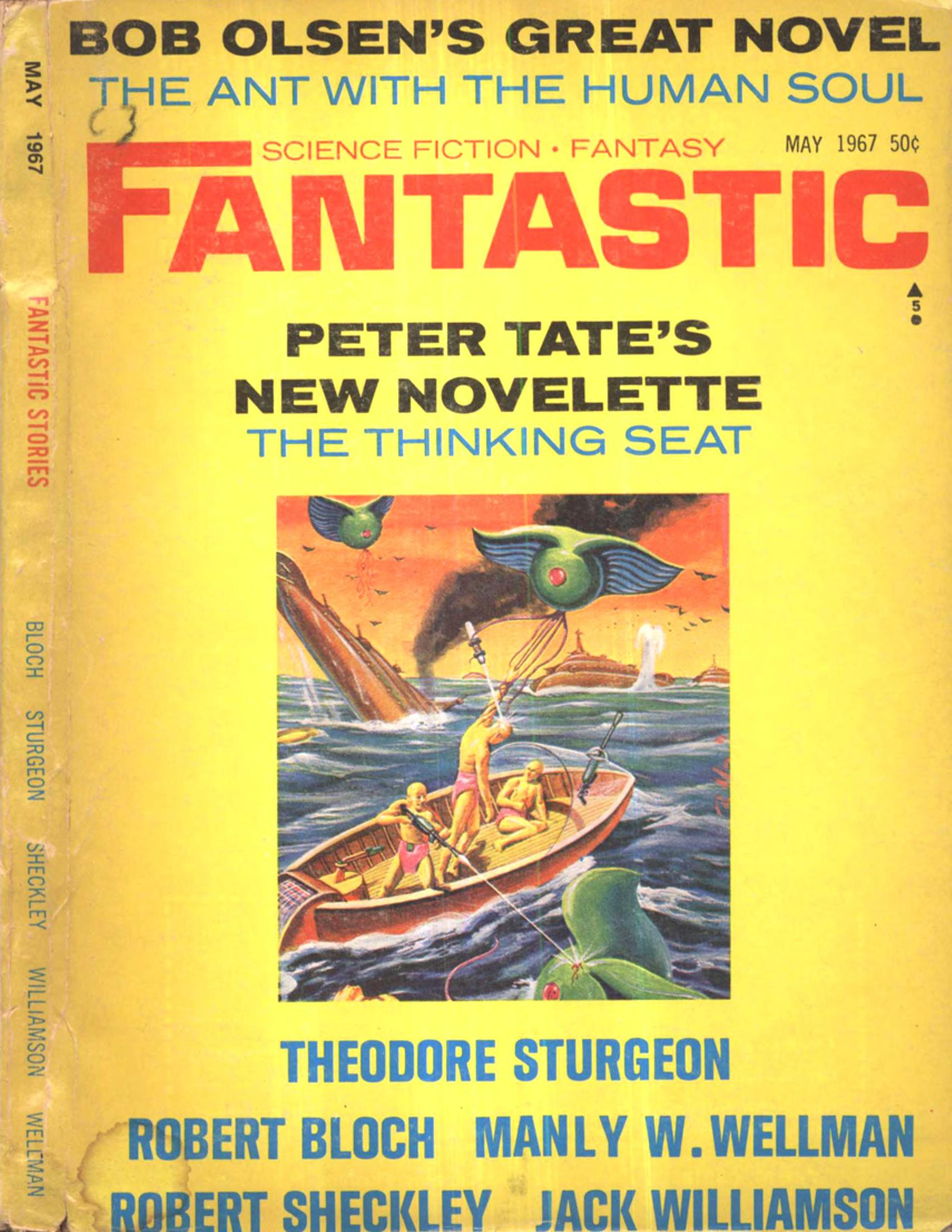
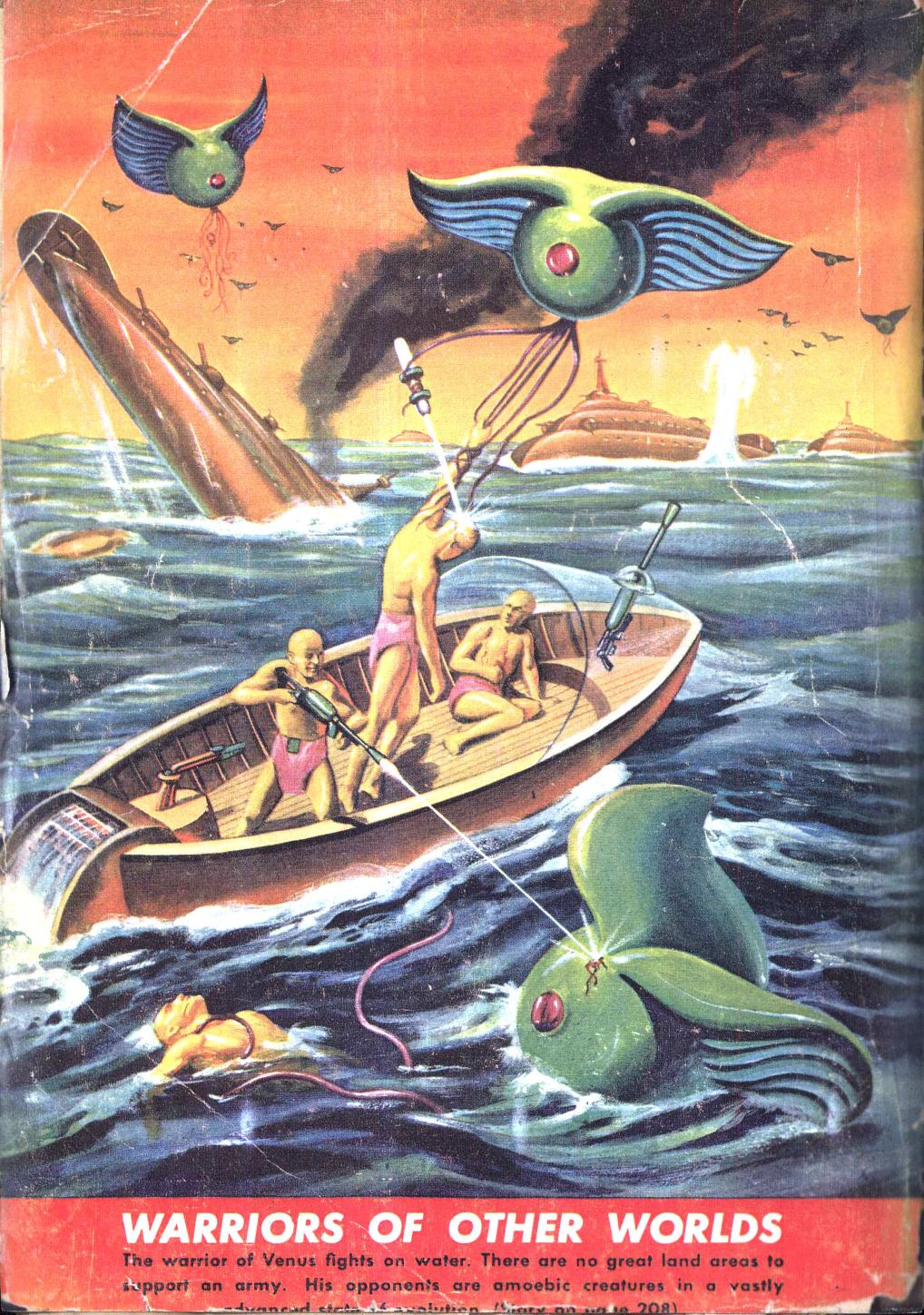

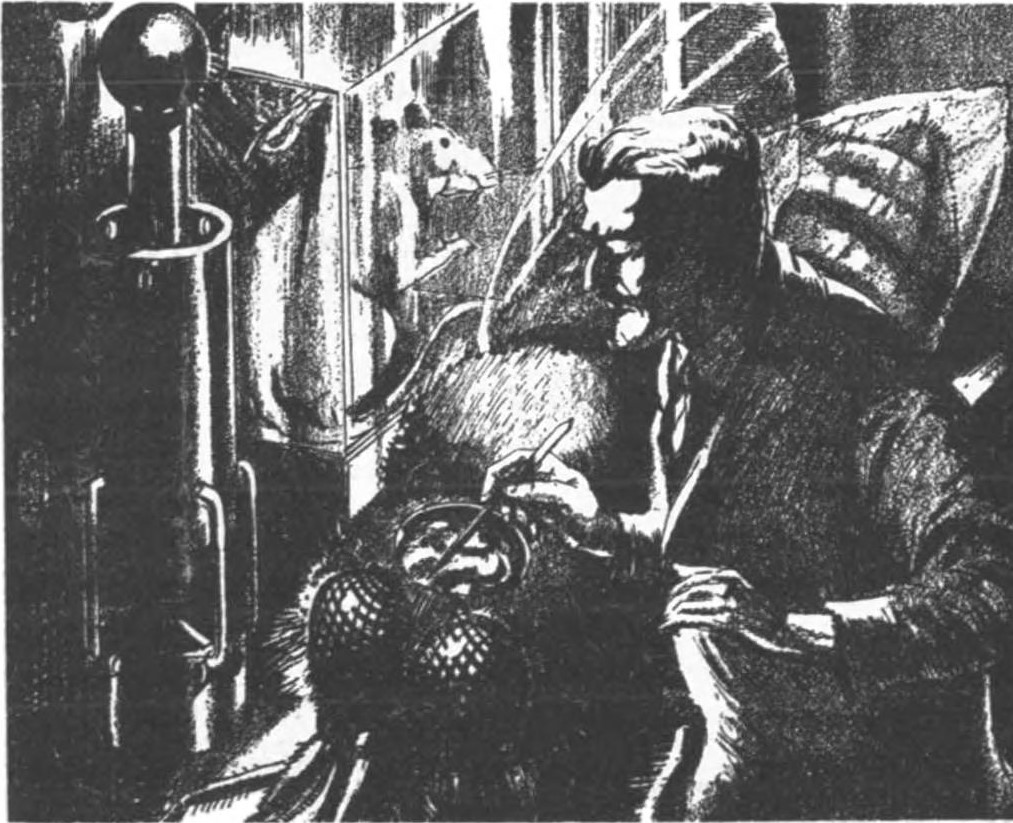
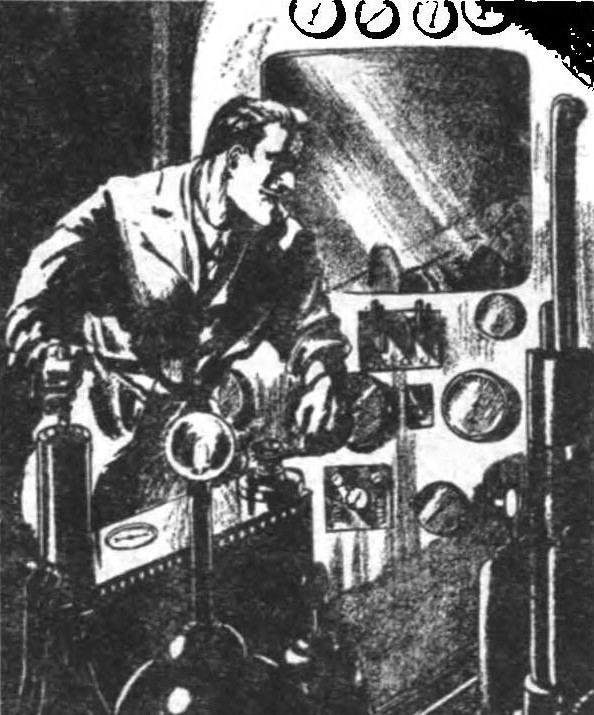
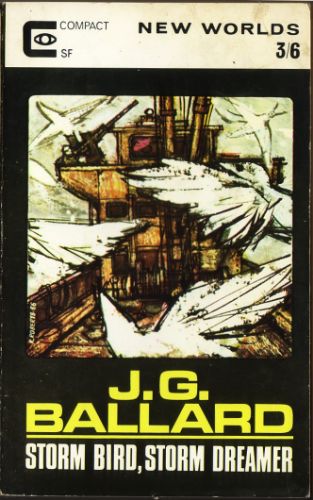
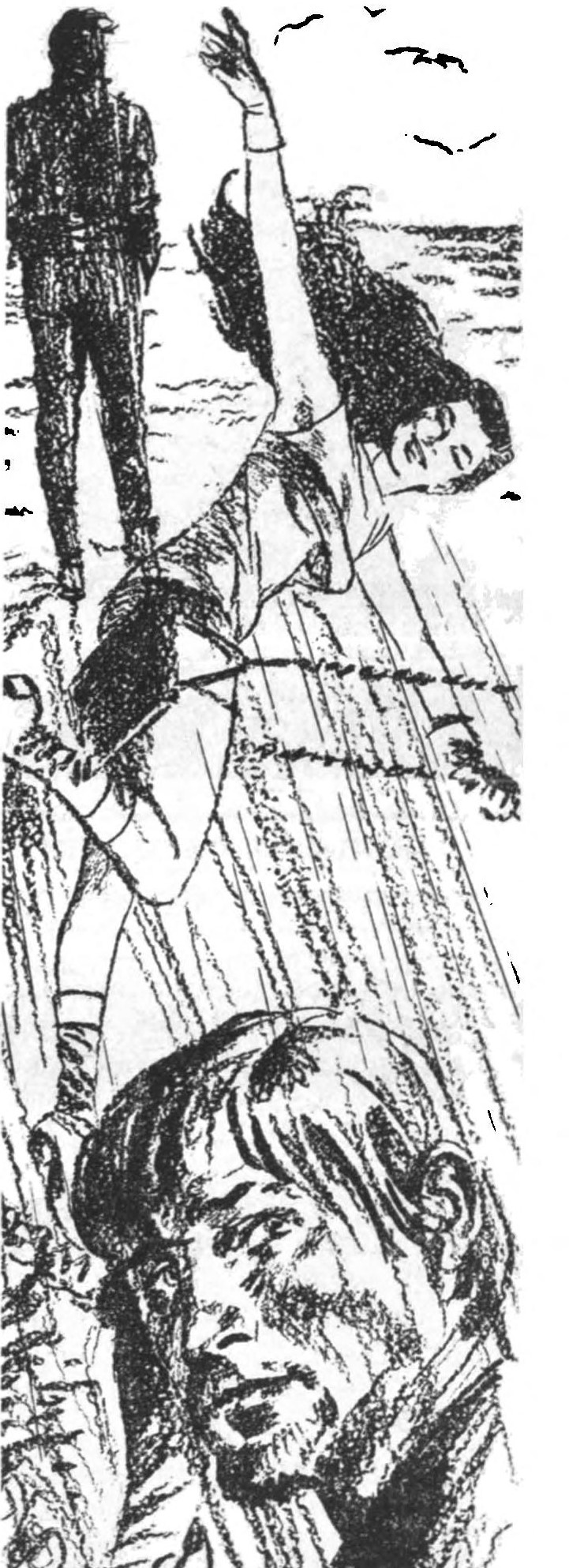



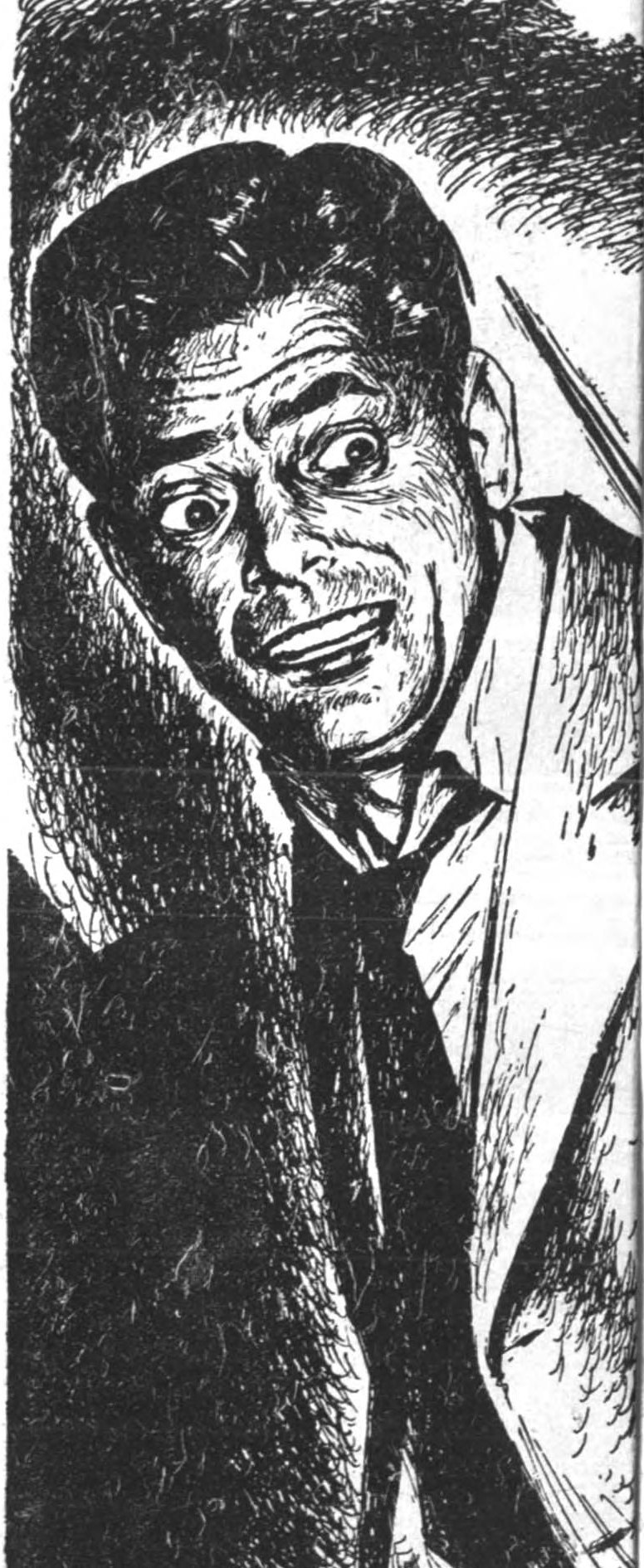

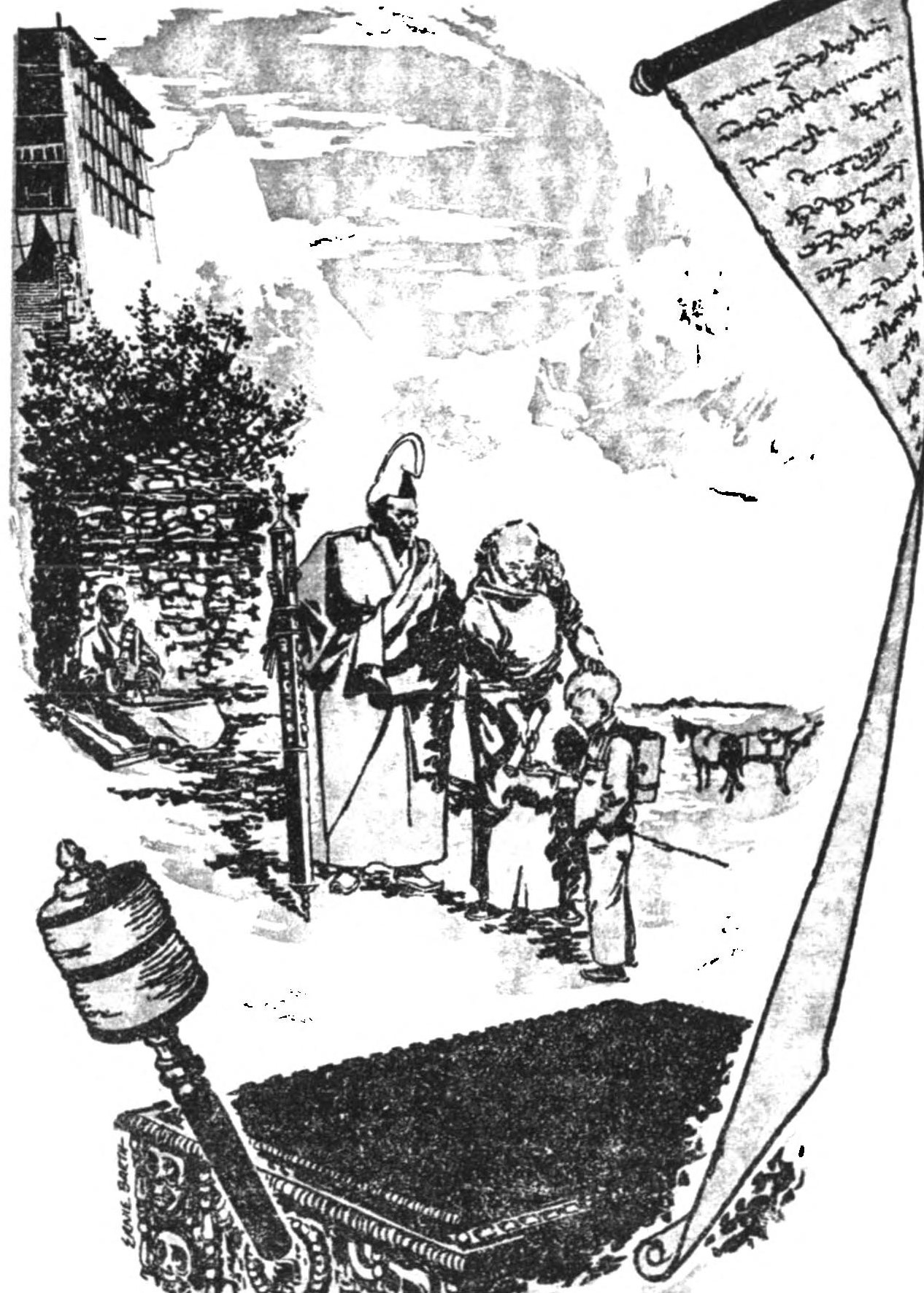
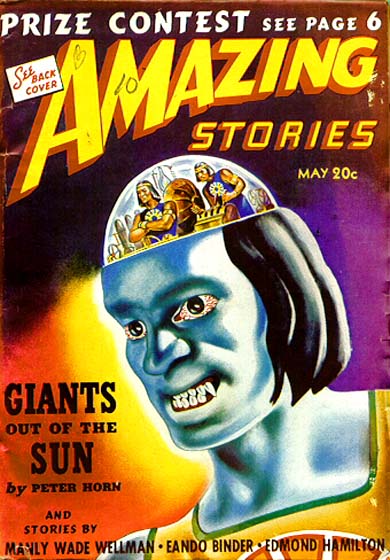




![[February 12, 1967] All's Fair in Love and War (March 1967 <i>Fantastic</i>)](https://galacticjourney.org/wp-content/uploads/2022/02/Fantastic_v16n04_1967-03_LennyS-cape1736_0000-2-672x324.jpg)


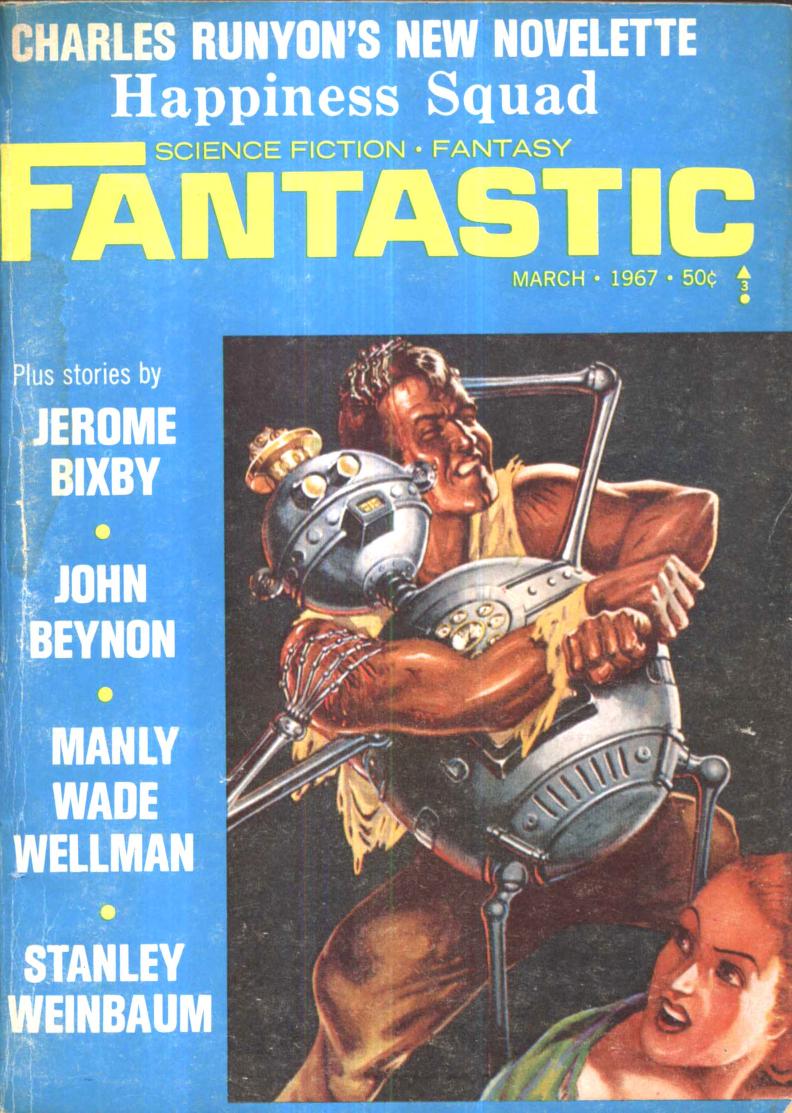
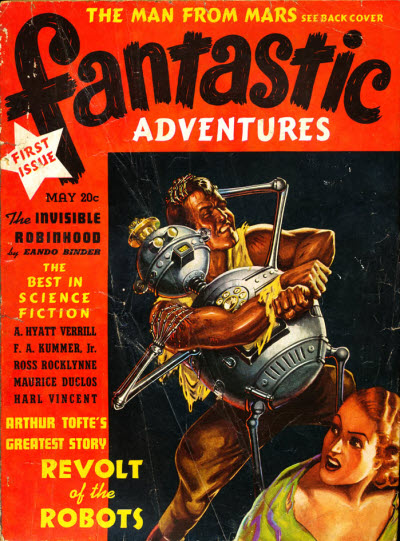



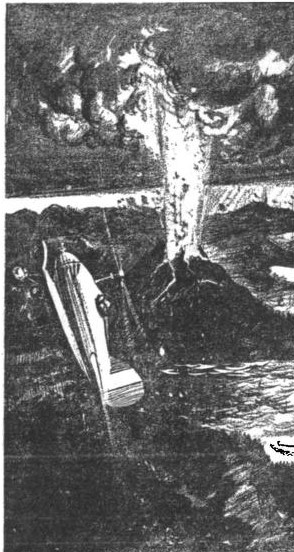
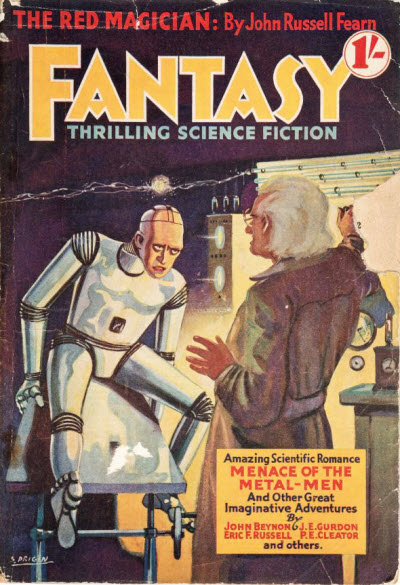
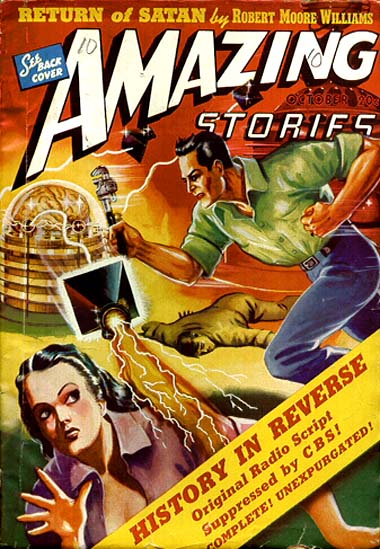

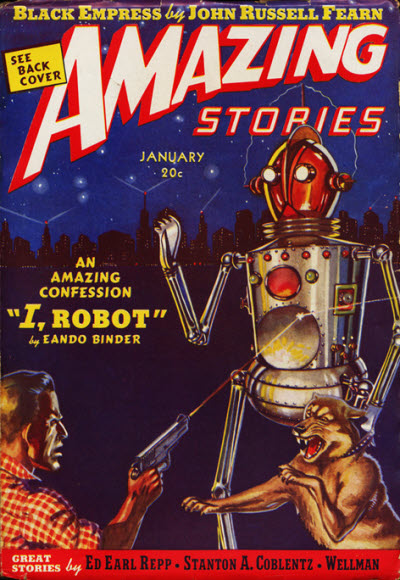

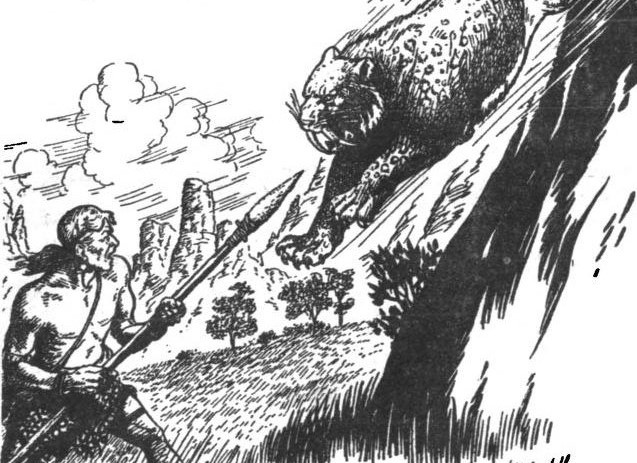
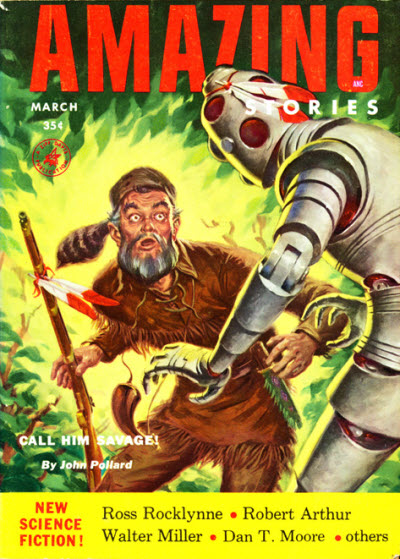
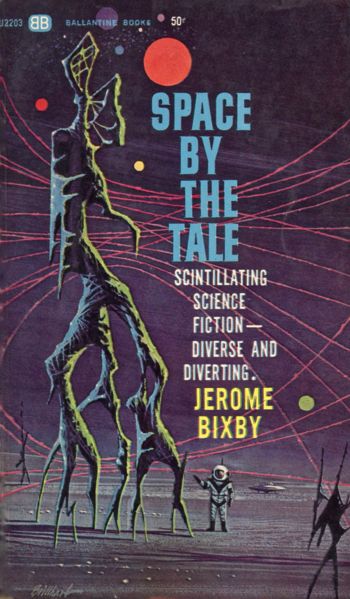
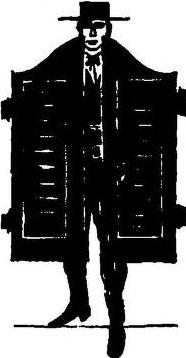




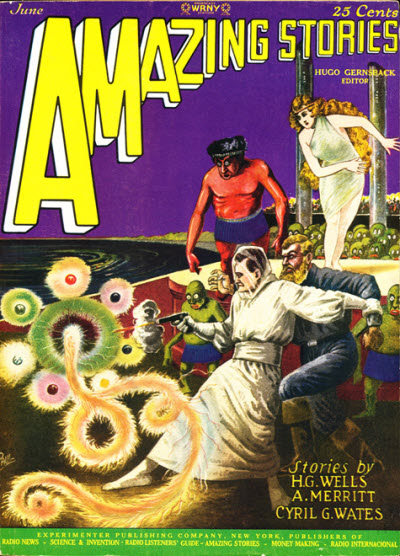
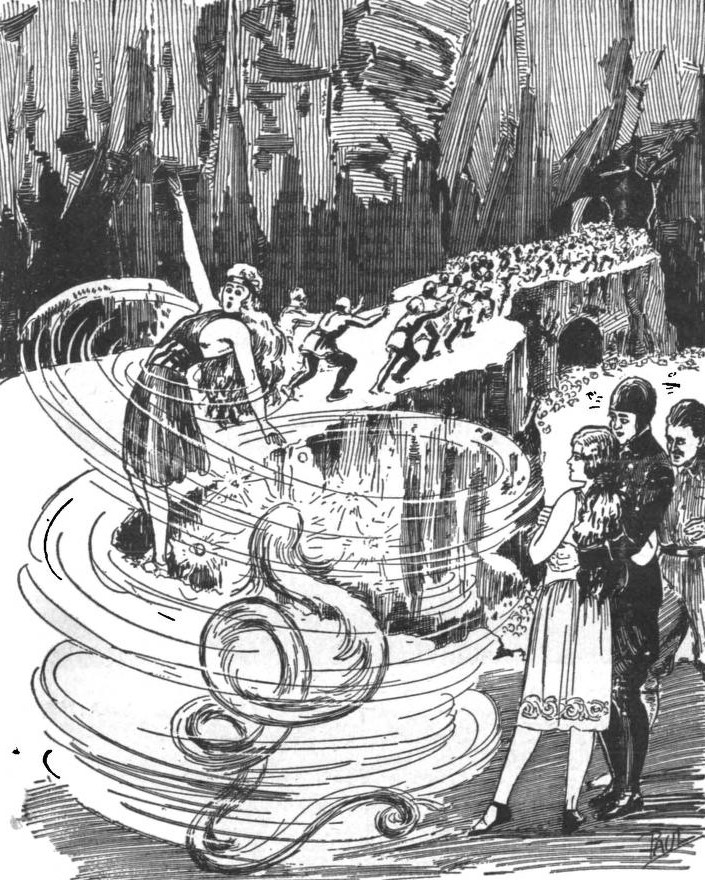


![[January 6, 1967] Happy Anniversary (February 1967 <i>Amazing</i>)](https://galacticjourney.org/wp-content/uploads/2022/01/amz-0267-cover-465x372.png)

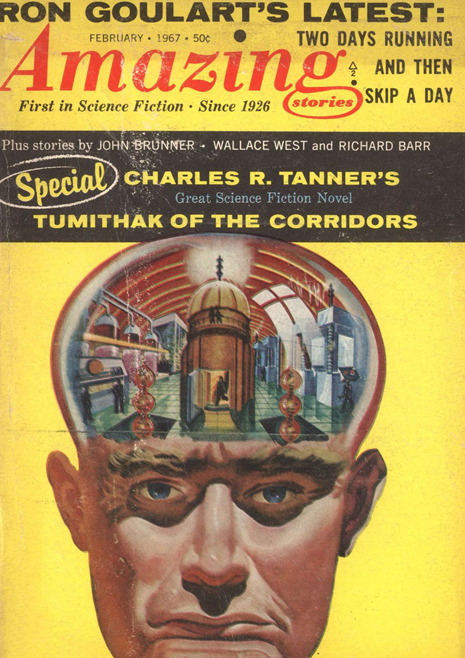

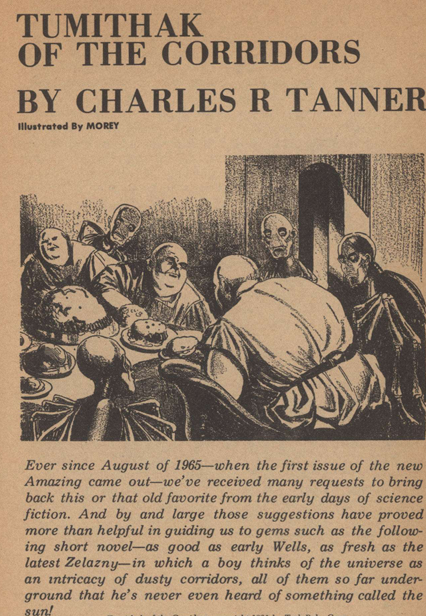




![[December 8, 1966] Flesh and Blood (January 1967 <i>Fantastic</i>)](https://galacticjourney.org/wp-content/uploads/2021/11/Fantastic_v16n03_1967-01_0001-4-672x372.jpg)


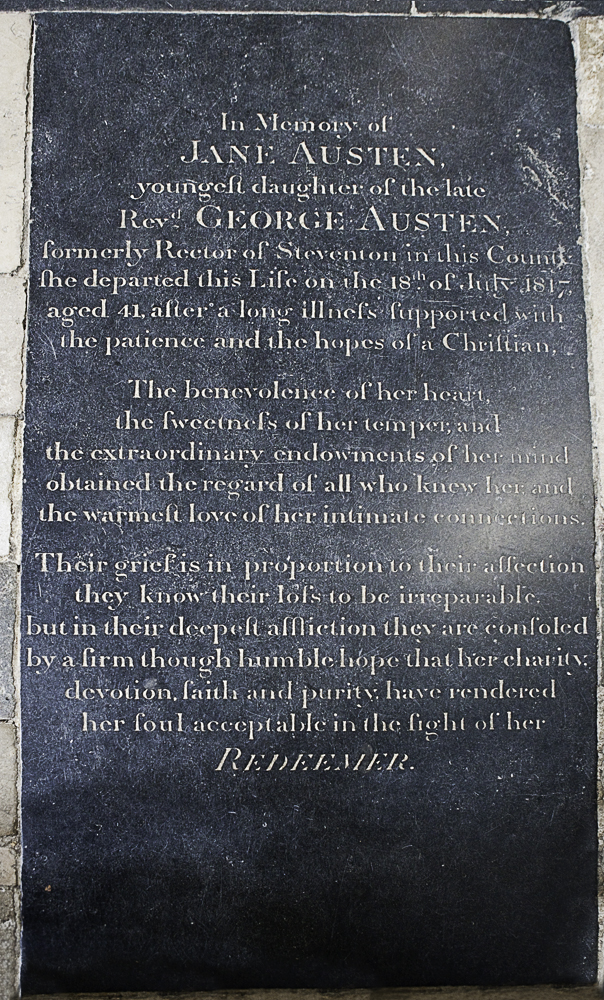
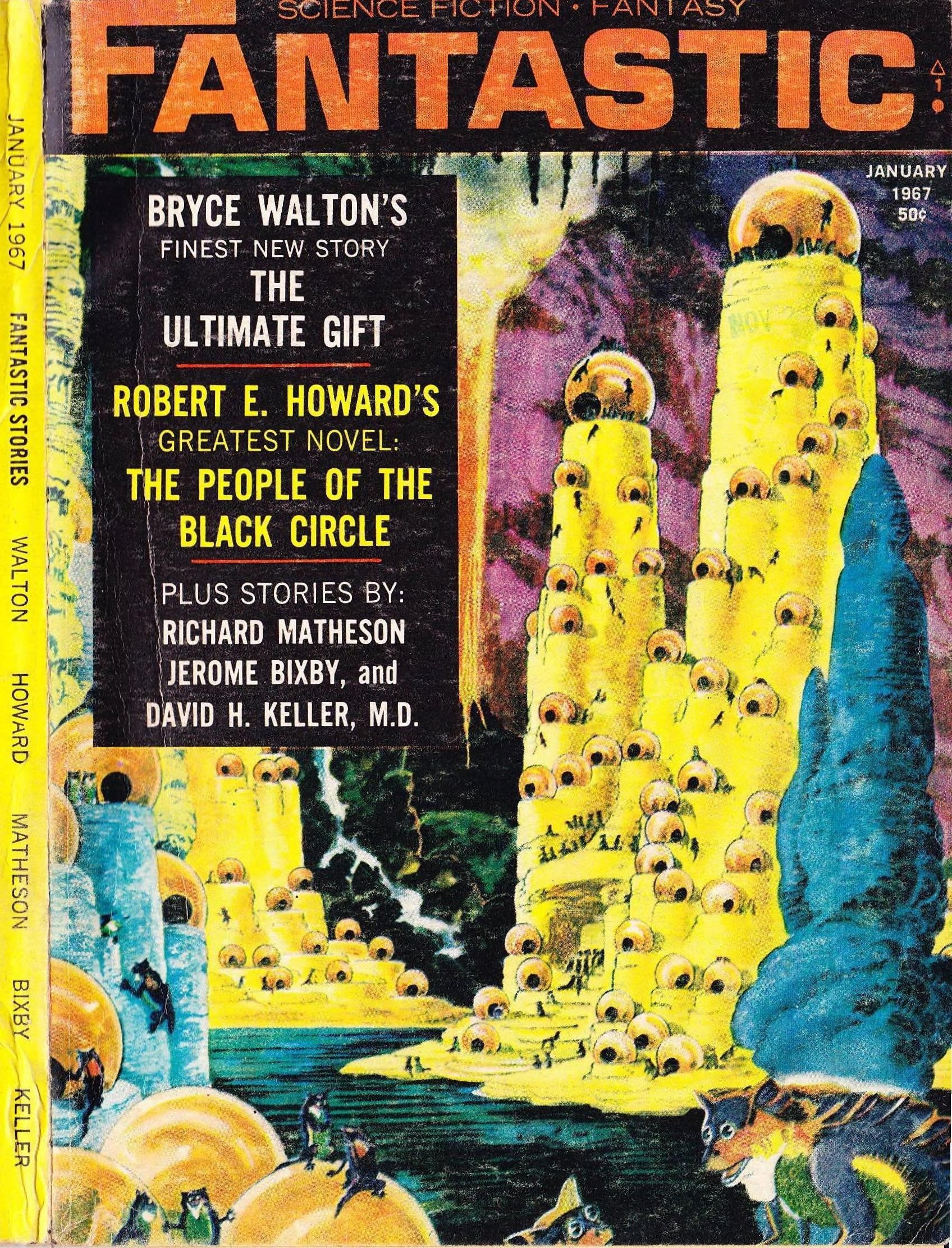
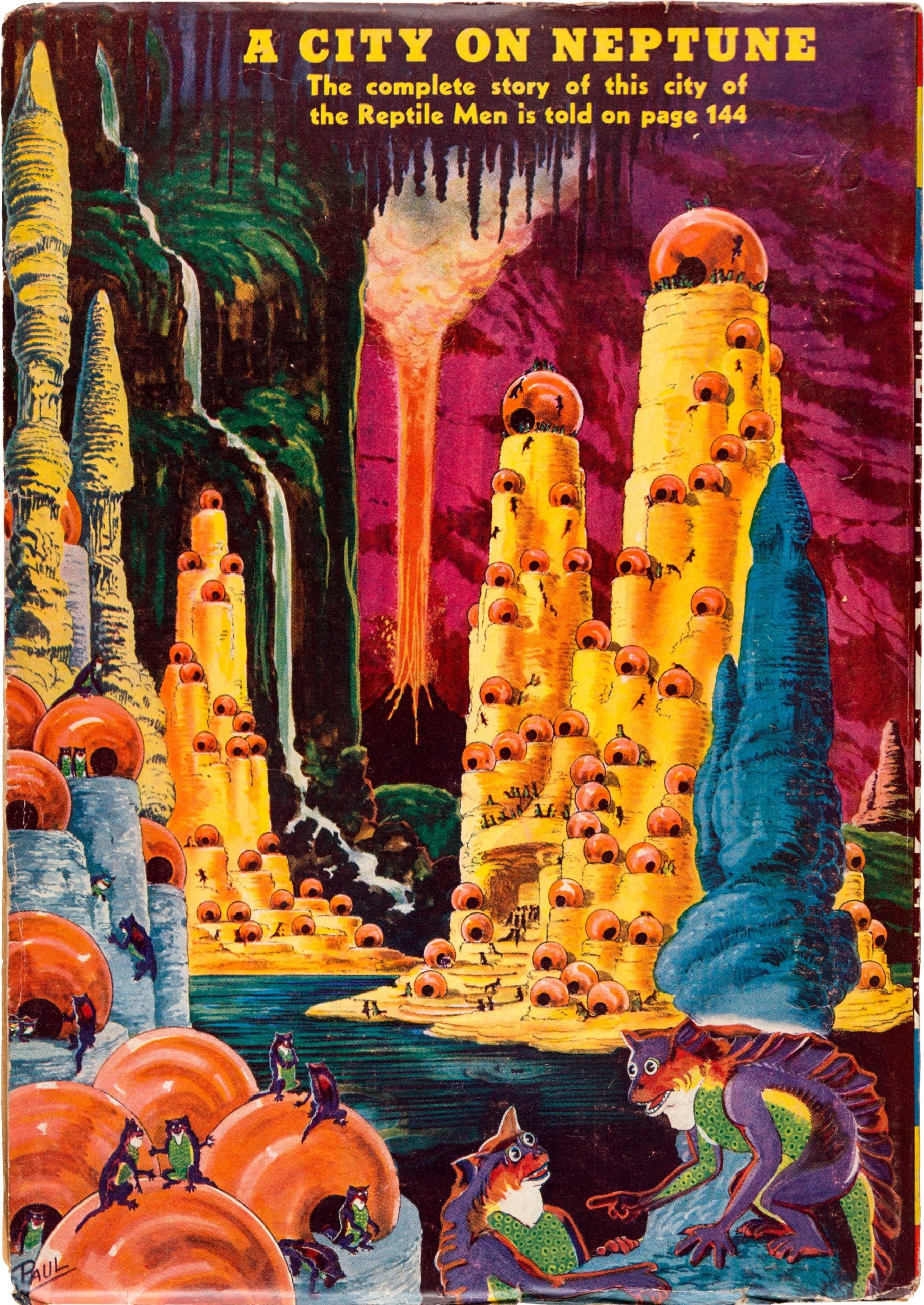
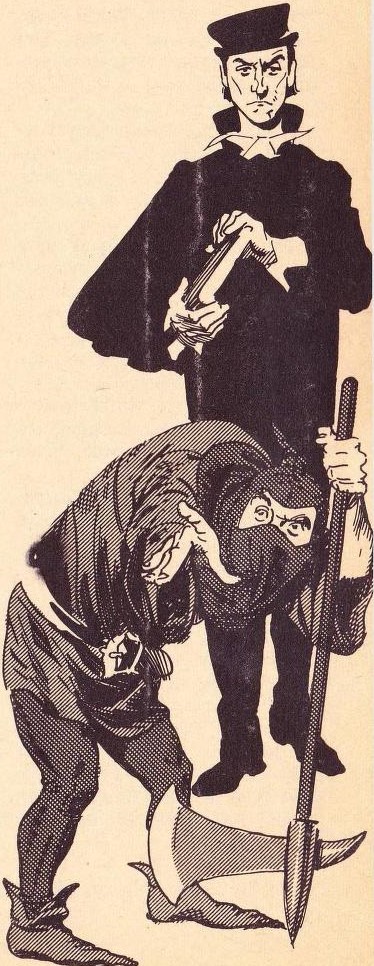
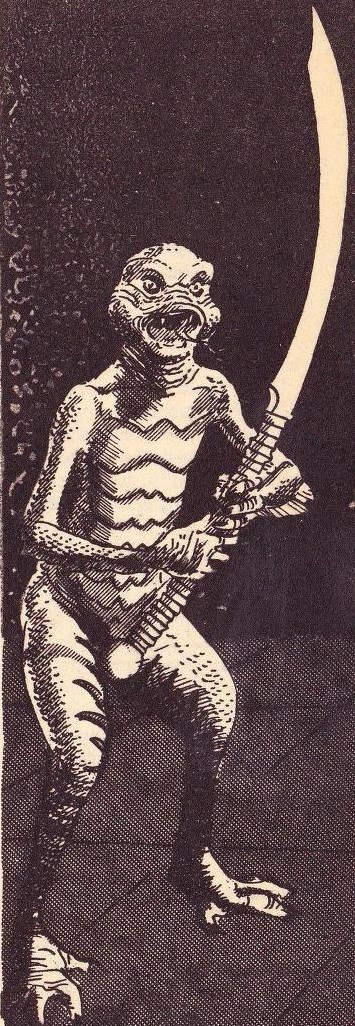
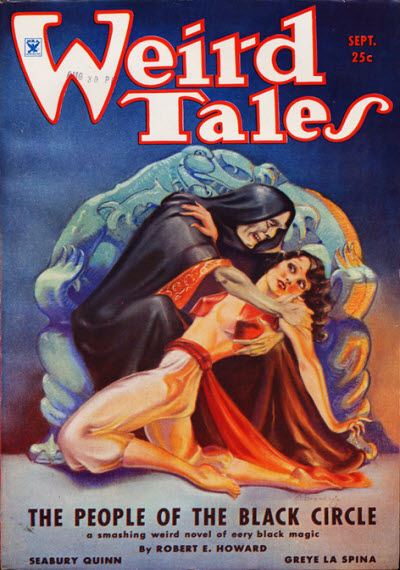
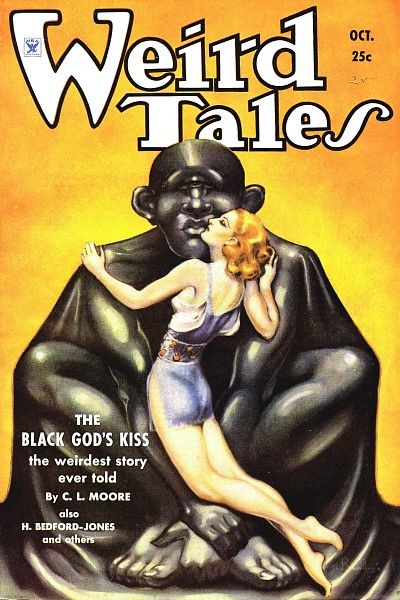
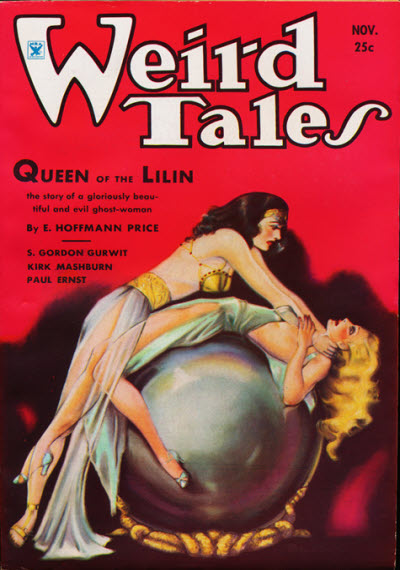
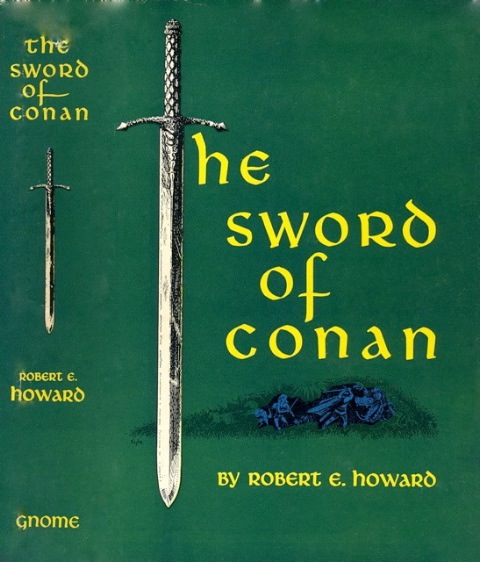
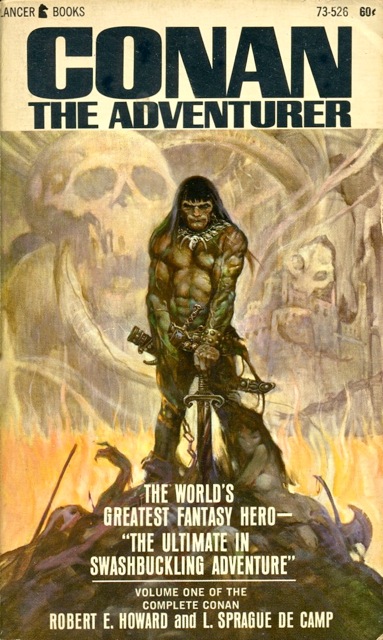
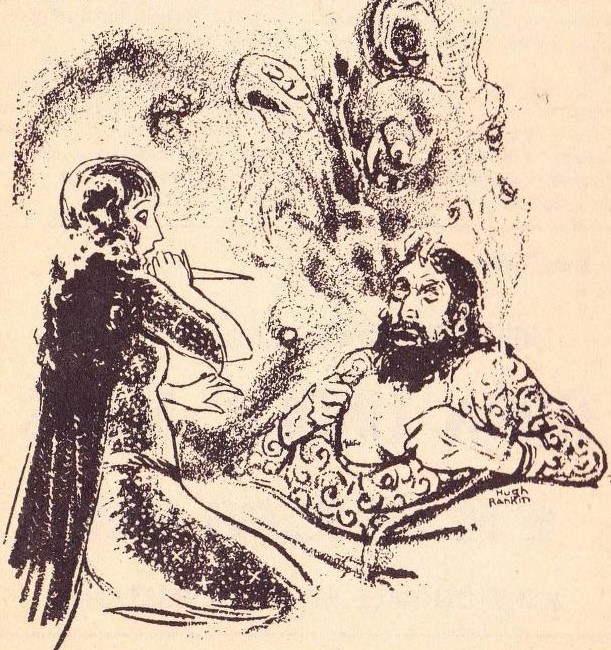
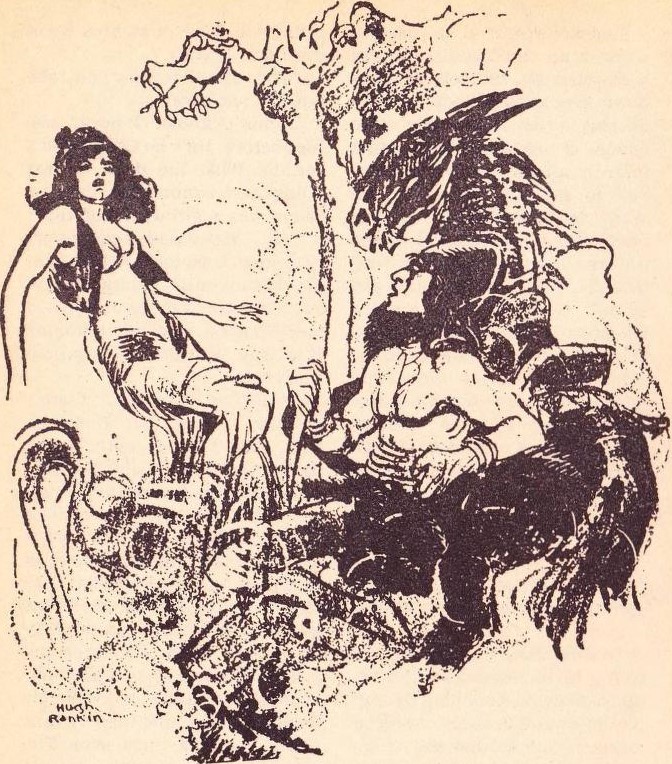
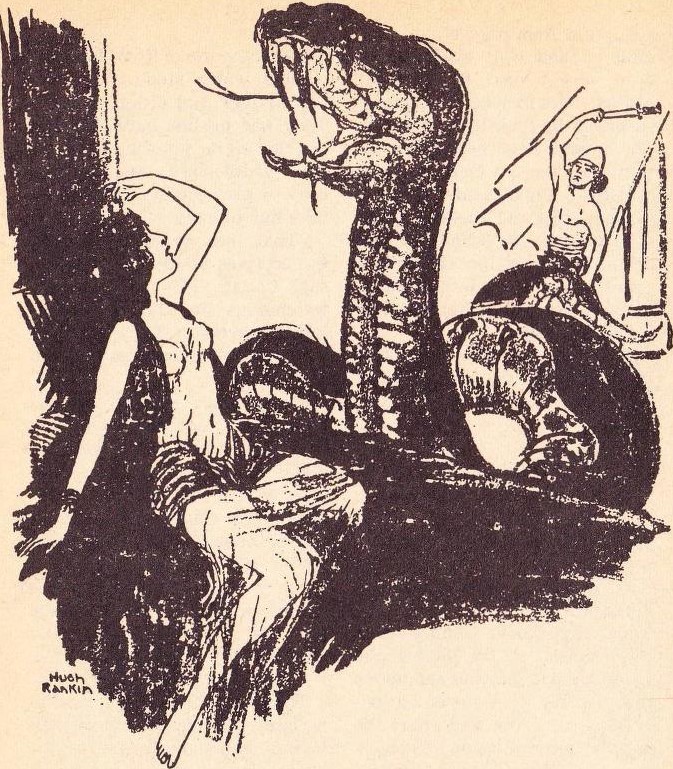
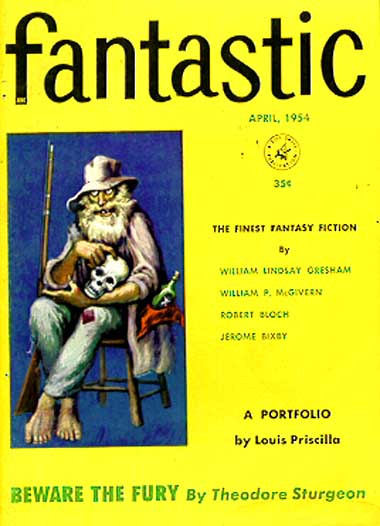
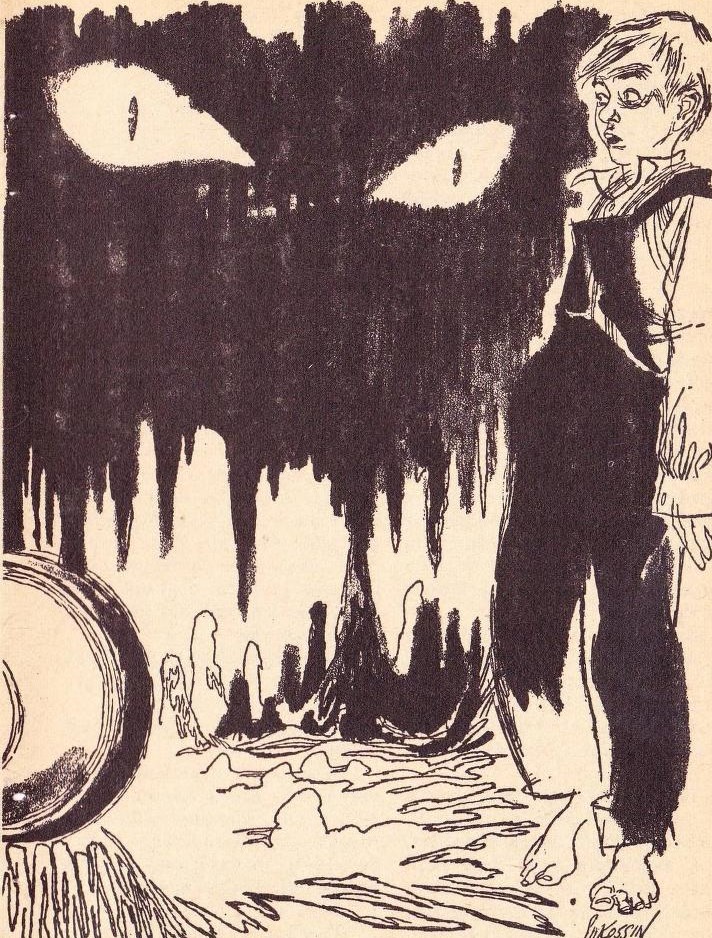
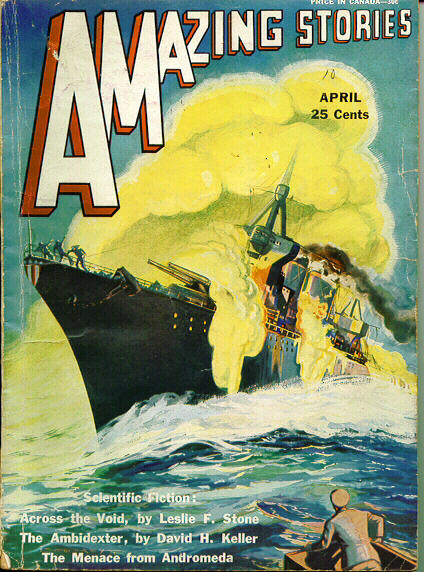
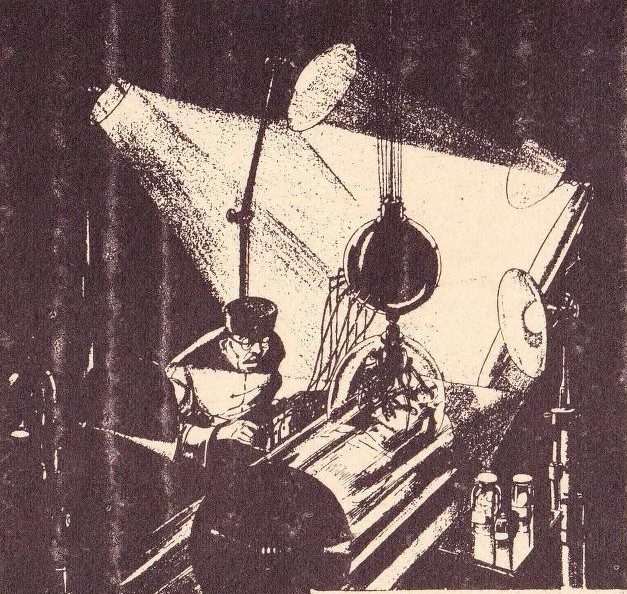
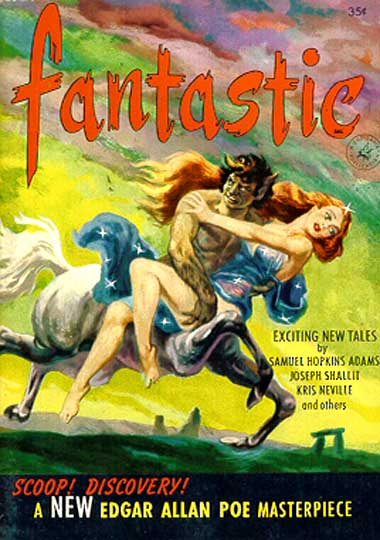

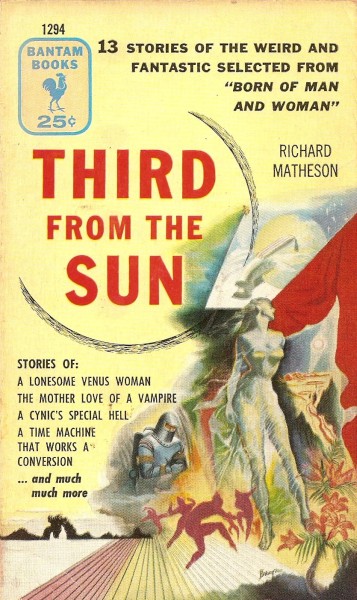

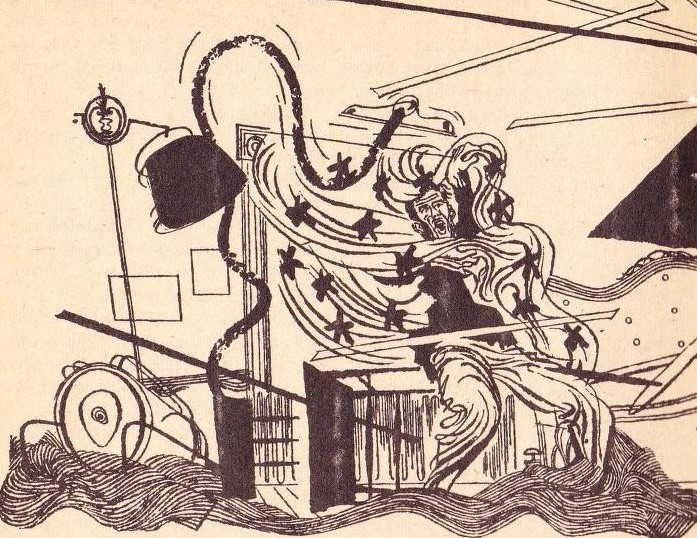
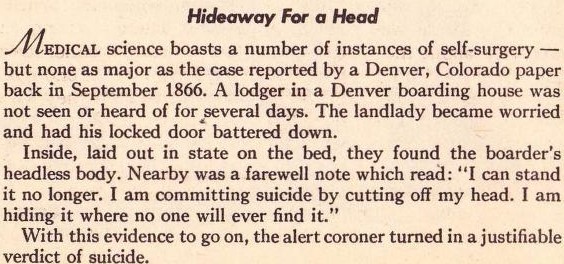
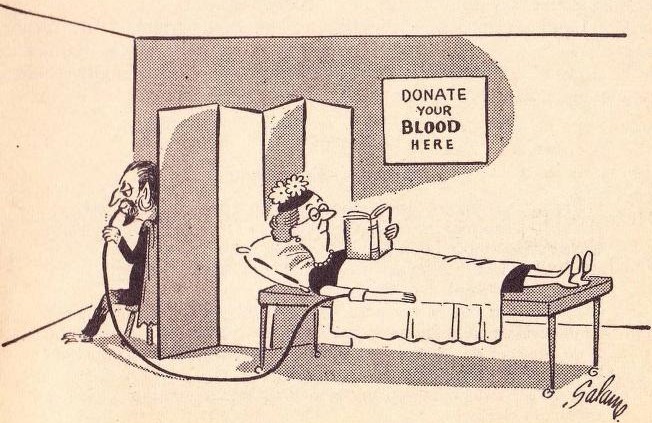
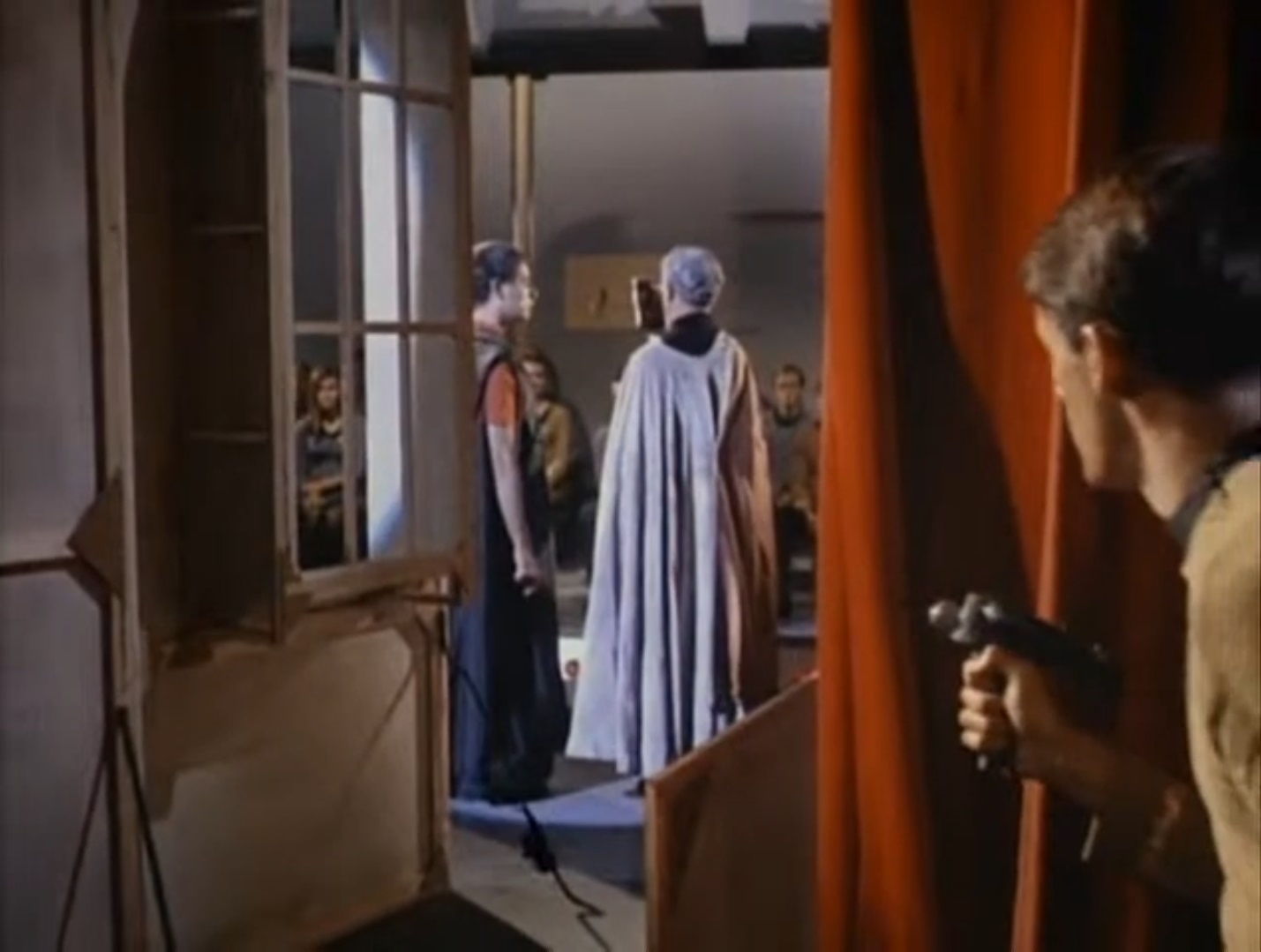
![[November 24, 1966] Middling (December 1966 <i>Amazing</i>)</big></b>](https://galacticjourney.org/wp-content/uploads/2021/11/amz-1266-cover-503x372.png)









![[August 10, 1966] Dollars and Cents (September 1966 <i>Fantastic</i>)](https://galacticjourney.org/wp-content/uploads/2021/08/FANTSEP1966-3.jpg)




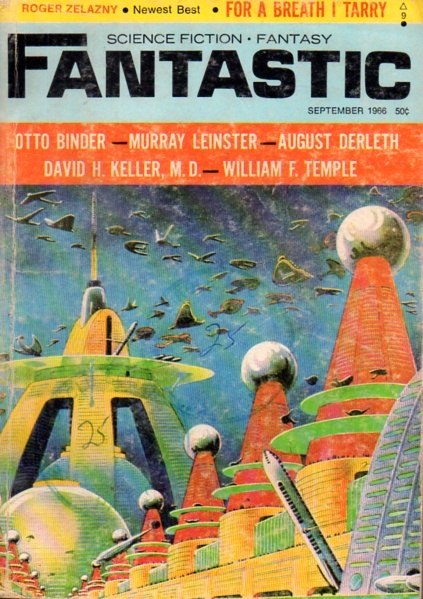
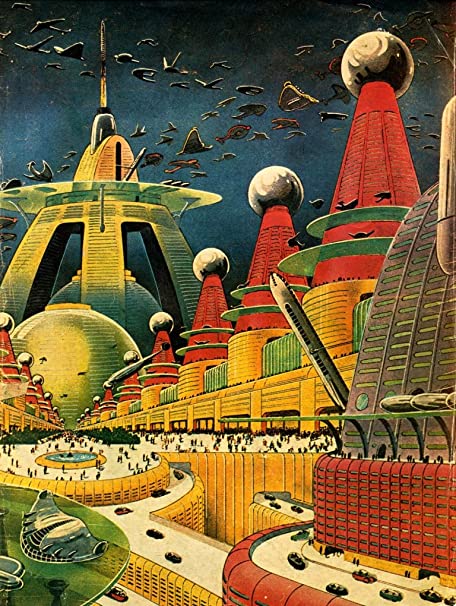
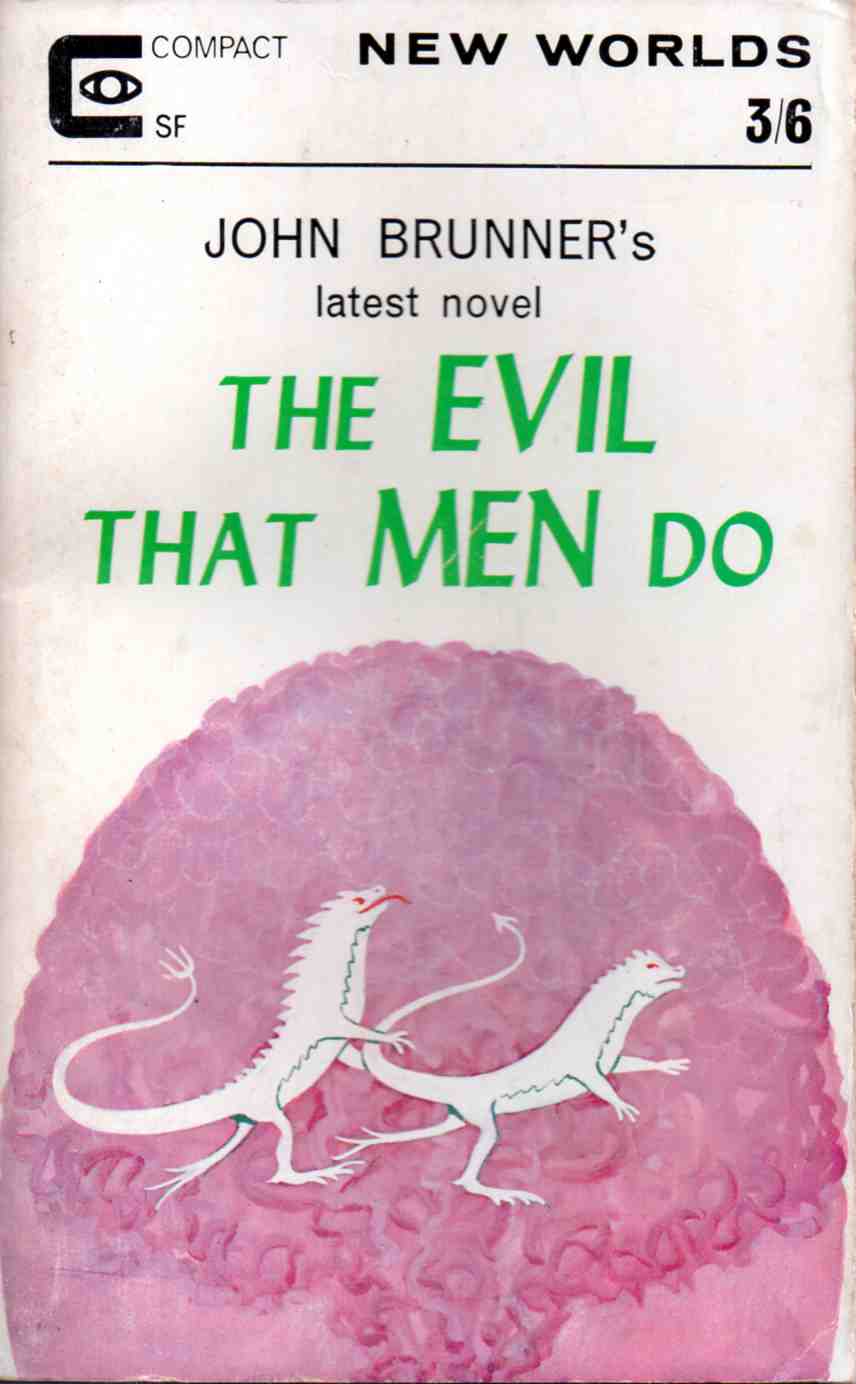


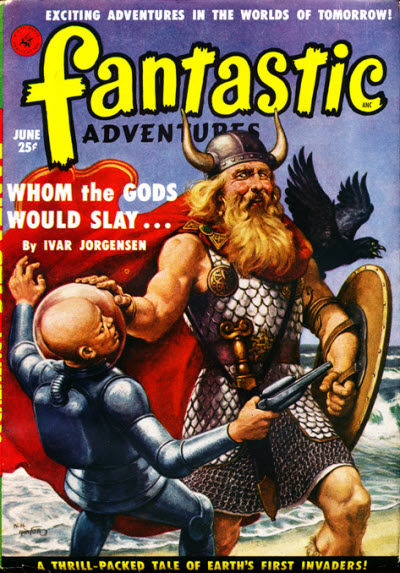

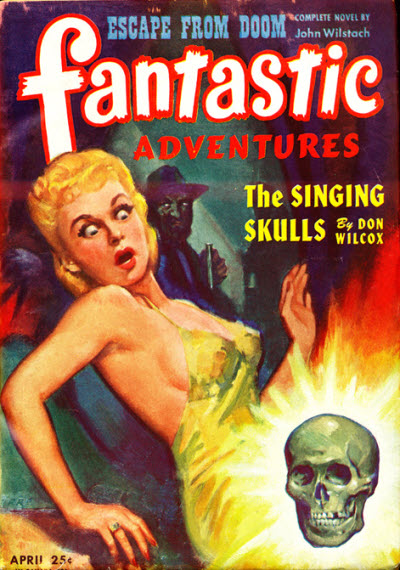

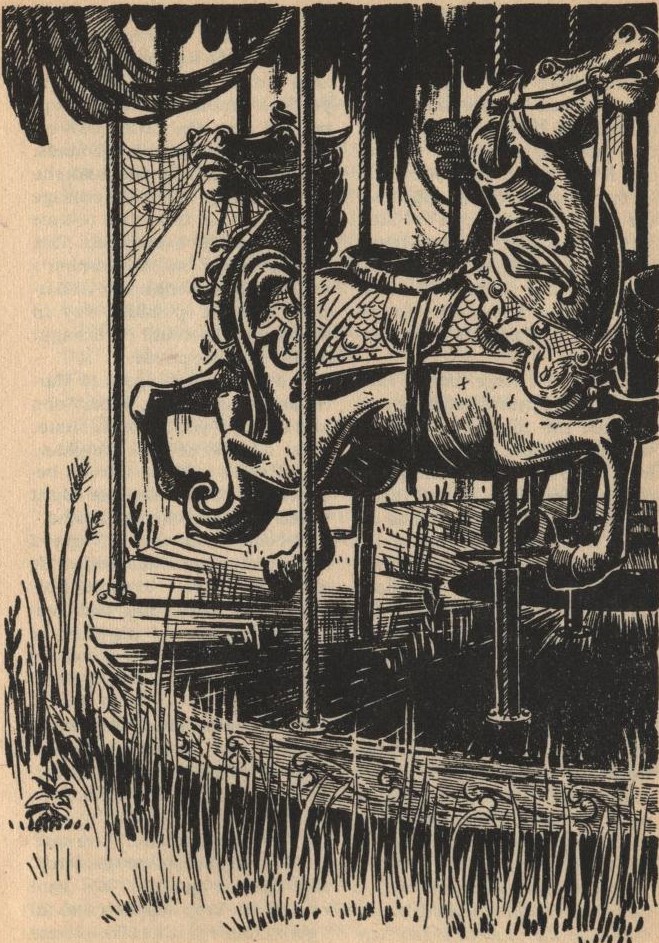
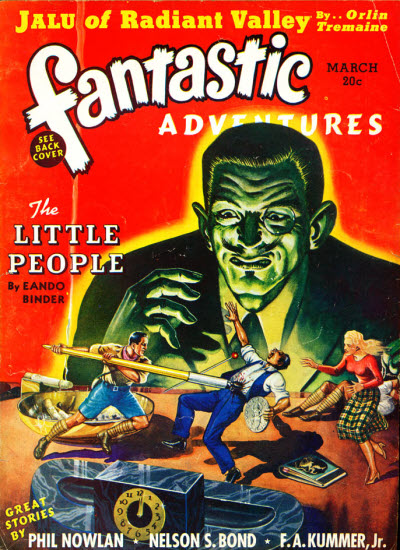
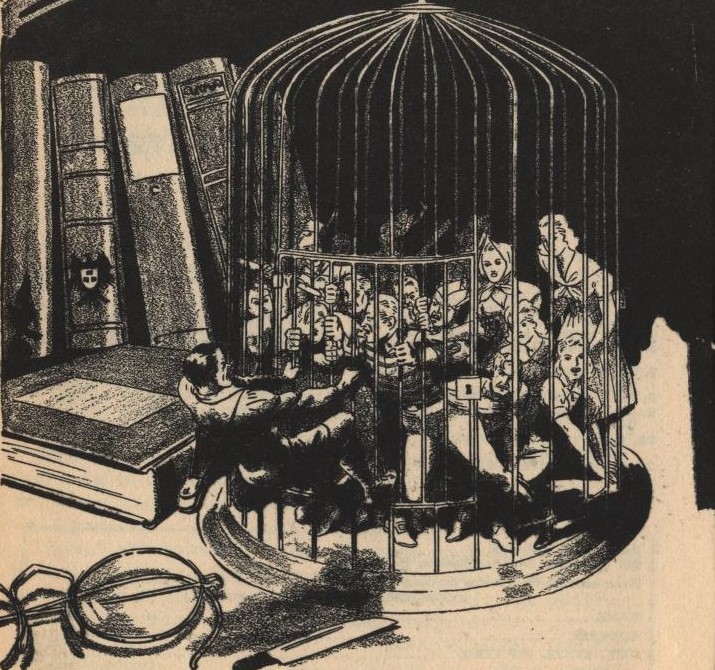
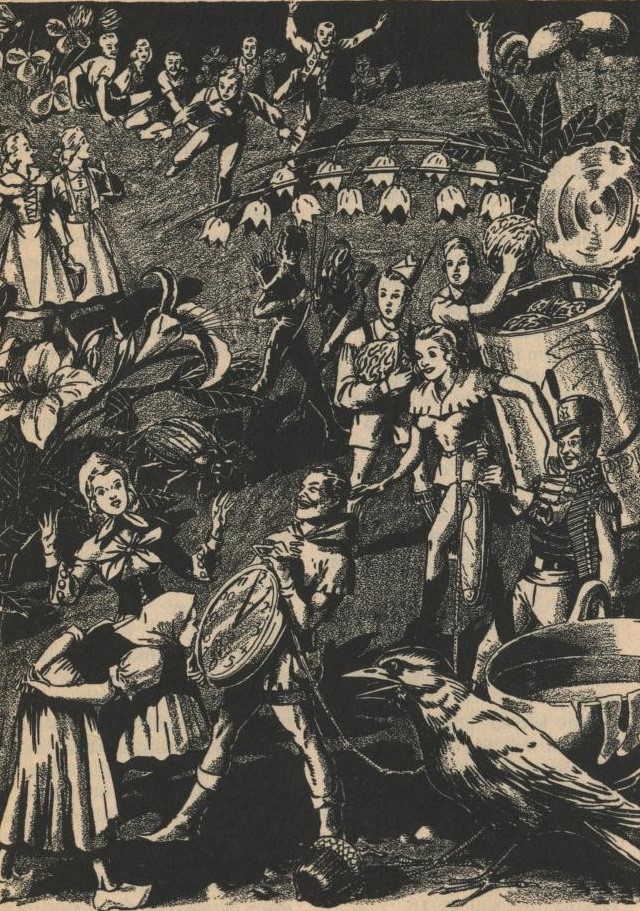
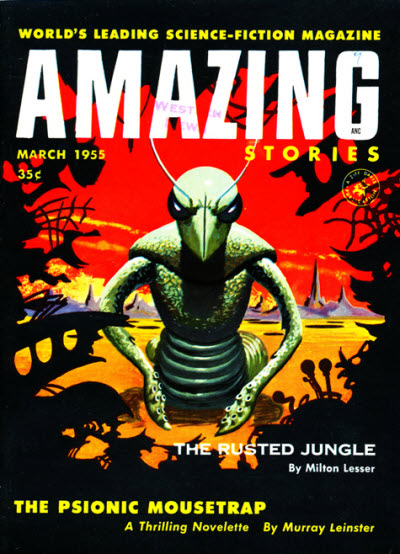
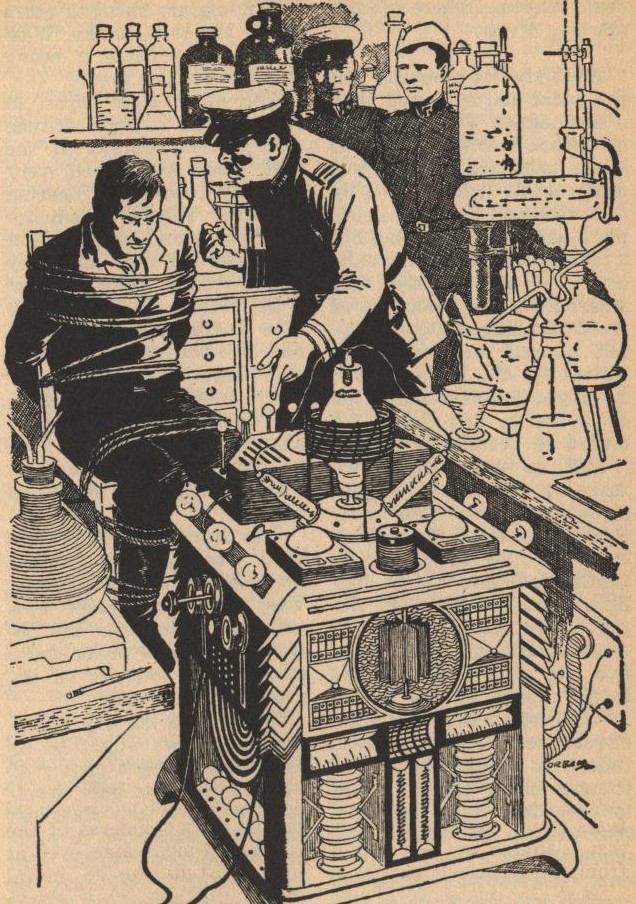

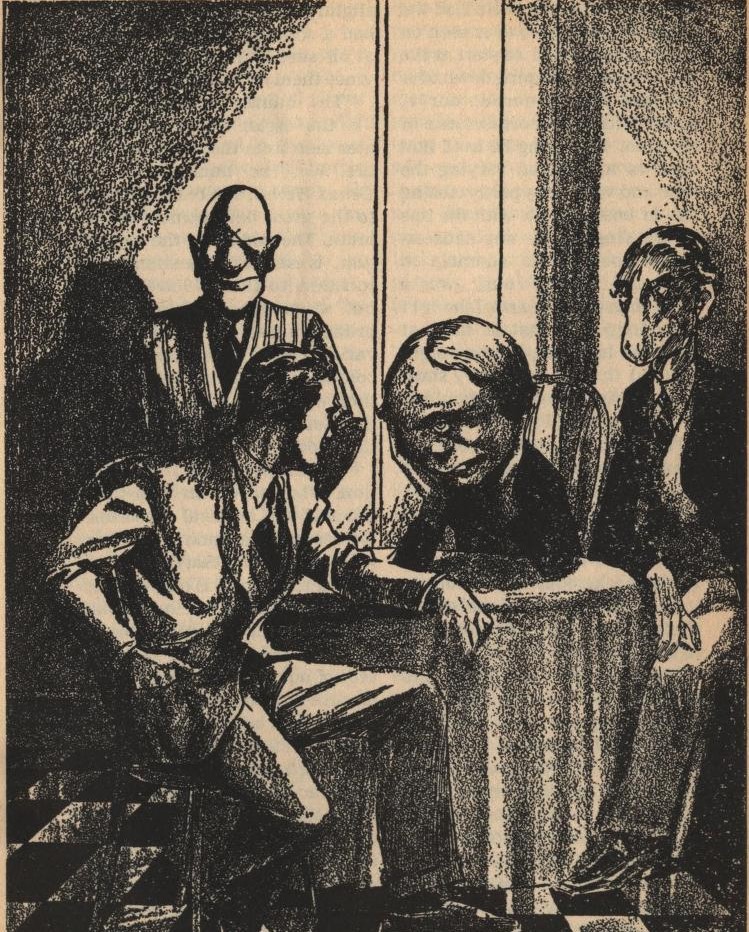


![[July 22, 1966] Ridiculous! (August 1966 <i>Amazing</i>)](https://galacticjourney.org/wp-content/uploads/2021/07/amz-0866-cover-665x372.png)
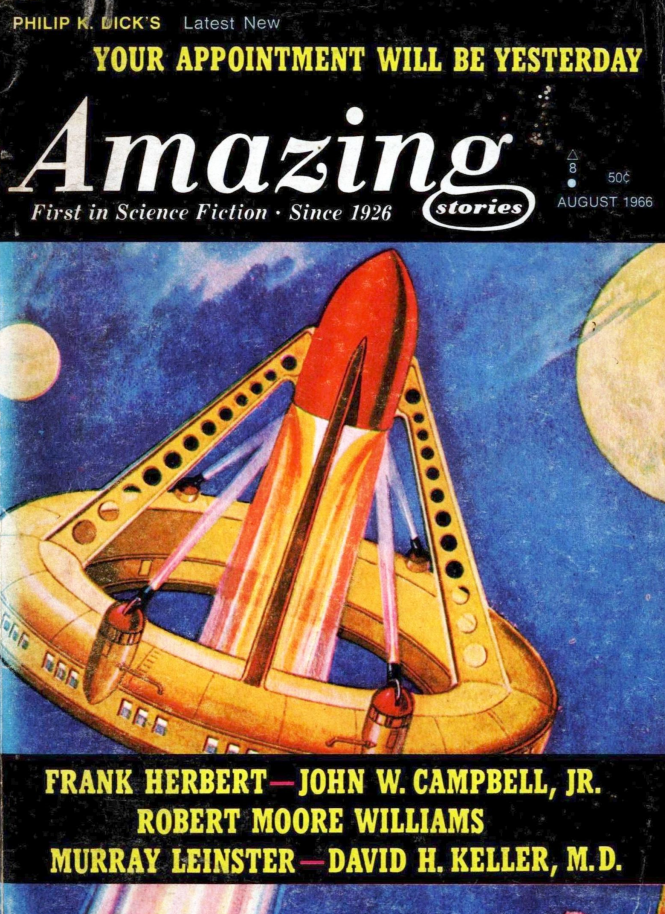



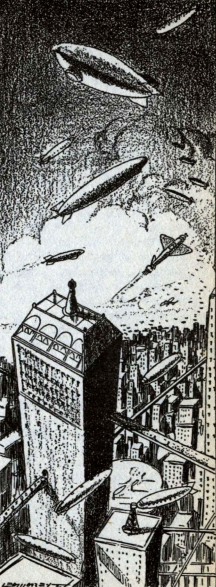

![[May 8, 1966] A Respite (June 1966 <i>Amazing</i>)](https://galacticjourney.org/wp-content/uploads/2021/05/660510amz-0666-cover-575x372.png)



